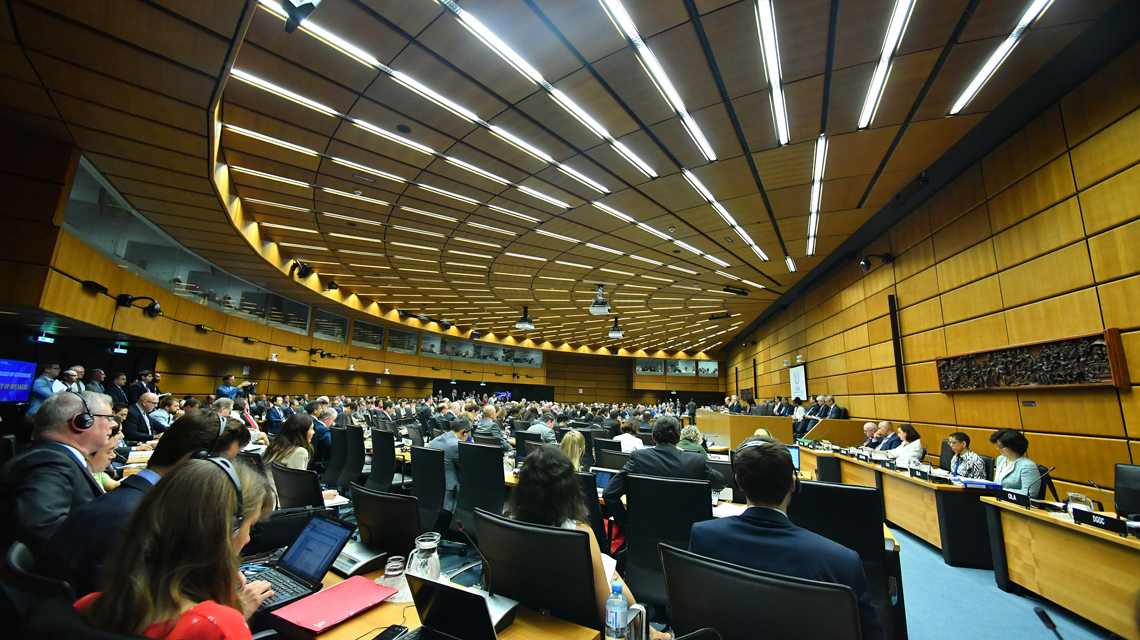Peaceful applications of nuclear technology
In his opening address, Mr Amano highlighted some of the assistance provided to Member States by the IAEA in using nuclear science and technology to improve the health and prosperity of their people.
He said cancer remained an important focus of the IAEA’s work, citing recent examples of progress made in Zambia and Uganda thanks to the Agency’s support. “The Cancer Diseases Hospital of Lusaka (Zambia) has become a role model for countries in the region,” he said.
In Uganda, the IAEA helped the country acquire a new Cobalt-60 machine, ensuring the restoration of radiotherapy services after a two-year interruption due to the failure of old equipment.
The Director General reminded the Board about the Ministerial Conference on Nuclear Science and Technology, which will take place in Vienna from November 28 to 30, and the annual Scientific Forum in September on Nuclear Technology for Climate: Mitigation, Monitoring and Adaptation.
He said good progress had been made in the modernisation of the IAEA’s nuclear applications laboratories near Vienna and thanked the 34 Member States and other contributors which have provided over 32 million euros in extrabudgetary contributions for this work. Additional resources are still required to equip and set up the laboratories.
In the nuclear energy field, Mr Amano noted that Turkey had become the fourth country in recent years to begin construction of its first nuclear power plant, following the United Arab Emirates, Belarus and Bangladesh. Fifty-nine nuclear power reactors are under construction in 17 countries, on top of the 450 presently in operation.
Mr Amano encouraged all countries which have not yet done so to become parties to two important international nuclear safety agreements: the Convention on Nuclear Safety and the Joint Convention on the Safety of Spent Fuel Management and on the Safety of Radioactive Waste Management.
He also informed the Board that the third IAEA International Conference on Nuclear Security at ministerial level would be held in Vienna in February 2020.
